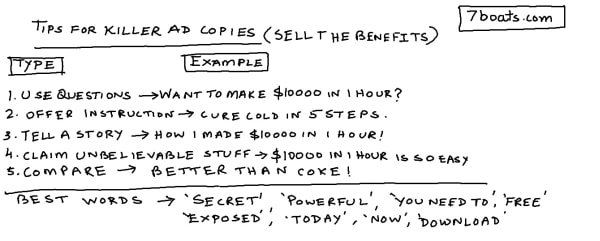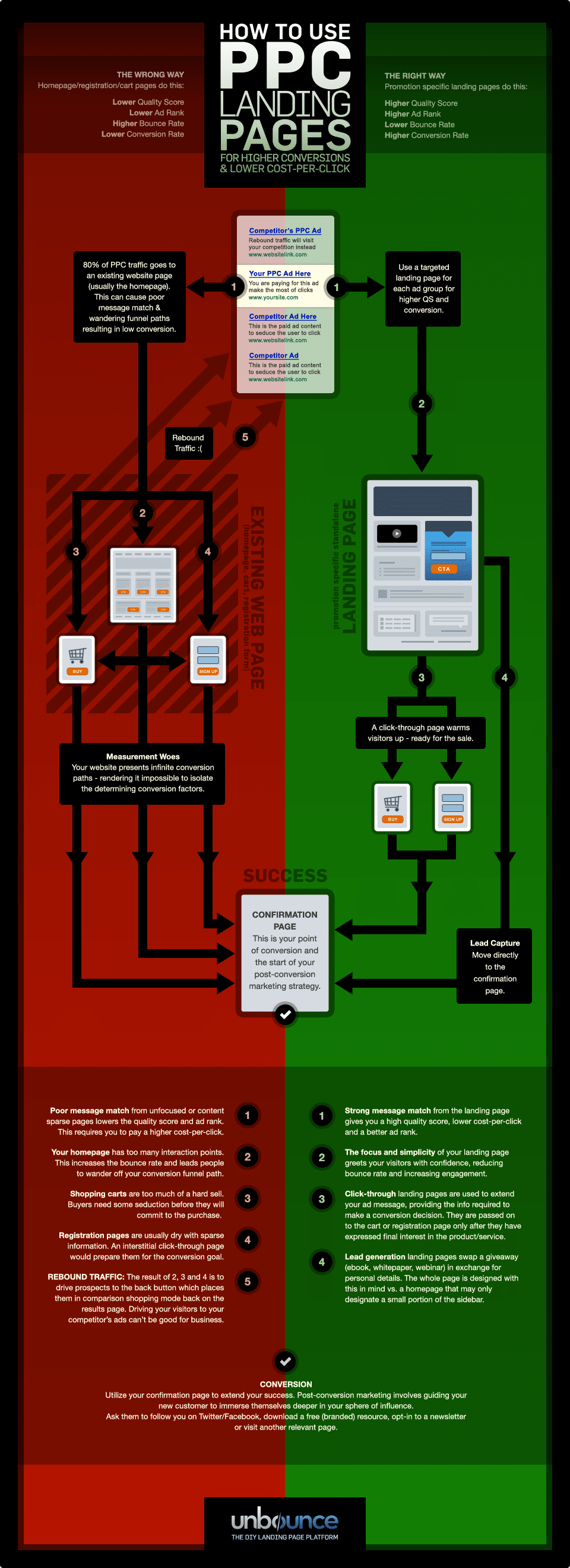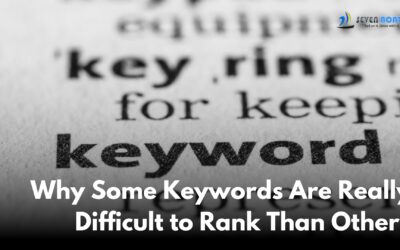Pay-Per-Click advertising is one of the best ways to drive traffic to a business website and with Google’s new privacy policy changes it is going to be more effective. However, many small businesses often make mistakes undermining their PPC campaigns. In fact, to make sure your campaigns work effectively it is important to understand how PPC works. Programs like Google AdWords, Facebook Ads etc allow marketers to place their advertisements and in return they need to pay a specific amount for each visitor who is clicking through to their sites. In short, you pay only when a visitor clicks through your advertisement.
These PPC programs also allow marketers to indicate if they want to content block the ads to keep them embedded within websites or to appear in the search engine results, or both. This auction- style advertising system allows advertisers to bid for the targeted keywords; advertiser bidding the most will receive the most exposure. After reading this if you think PPC advertising is simple, let me tell you are far away from being right. We have plenty of examples where novices spend a lot of money and time in creating campaigns that generate little or no click-through actions. In fact, most new advertisers are likely to make the following mistakes, which (of course) you need to avoid.
1. Settling for “broad match” keywords – In PPC, you pay for each click, even if it was an irrelevant click. You need to choose specific keyword match types and avoid setting all your keywords as broad match. With broad match keywords you ad will appear for any similar or relevant phrases and not just for your specific keyword. Though it will increase your exposure, such keywords will attract a lot of irrelevant traffic costing your money. Thus, avoid setting broad match keywords for your PPC campaigns, unless you have a lot of money to waste. Rather, focus on exact match keywords and phrases to get some relevant click-through actions.
2. Have a relevant landing page that match with the ad – In general, the new marketers tend to send their visitors from PPC ads to their home page, expecting a better exposure. However, such practices will only lower your score. PPC advertising is specific i.e. you are advertising a particular product or service and visitor is expecting to find the specific item when clicking the ads. Thus, sending them to an irrelevant landing page will disrupt the sales process and you are likely to face lower ad quality scores. Also, decrease the number of keywords in your ads to make the landing page more relevant. In addition, check for 404 errors.
3. Create separate ads for search queries and content networks – Many new marketers repeat the mistake of using the same keywords for both search and content networks. While setting up their first PPC campaigns marketers tend to select both the networks. The search network placements allow them to appear in search results and the content network placement display their ads as blocks embedded within their pages. This helps the marketers to increase their exposure. But using the same ad content, keywords, and payment amount for each click is nothing but wastage of time and money.
It is important to understand that queries that trigger search network placements are significantly different from factors that motivate visitors to click content network placements. Thus, running same ads on these two networks would cost you money while hardly yielding any relevant traffic. Customize your PPC ads in terms of ad content, keyword selection and keyword bid rates for each network for an effective result.
4. Target your ad campaigns efficiently – Advertisers often fail to target their PPC campaigns precisely. PPC accounts include certain features that allow marketers to specify who can see their ads – take advantage of these features to increase the efficiency of your ad campaign. For example, advertisers who are planning to advertise in various countries can take advantage of the ‘multiple countries’ feature and set up ad groups for each. Similarly, take advantage of micro-geographic targeting features to create ad for local business keywords. It allows you to select specific zip codes where you want the ad to appear. Other features include selecting the time of the day when your ad is likely to generate the most conversions.
5. Test you ad copy – Writing an effective ad copy that attracts visitors is not an easy task. You need to test several versions to ensure that your ad has the best performing content. You can use the split tests rotating various ads for each of the targeted keywords. Most of the PPC platforms include this feature. However, adjust the setting in a way that ads are served up randomly. In general, PPC platforms have their own formula for displaying the ads that it thinks will generate the most clicks.

Finally, track your ROI on your PPC investment. It is essential to know the clicks that are resulting in sales for managing the PPC campaign effective as well as for improving your ROI. You can tie the PPC account to Google Analytics to generate this information. Based on the data adjust your keyword bids.
What is Google Adwords – Infographic
Source: WordStream
Landing Pages for PPC – Infographic
Source: Unbounce










0 Comments